Monitoring of the forest damage in Austrian Alp
The forest in the Austrian Alps suffers considerable damage due to various factors. Climatic changes, among other things, cause sudden temperature changes and can increase occurrence of extreme precipitation. This leads to more frequent drought, storm damage or pest infestation. Therefore monitoring of the forest damage is important activity.
In addition, unsustainable logging practices and human intervention pose a significant threat to sensitive alpine forests. These disturbances lead to a gradual change in biodiversity, disruption of wildlife habitats, increased avalanche threat and increased soil erosion.
Intensification of the forest damage
Damage to forests in the Austrian Alps has seen a significant intensification in the last decade. Their cause is several factors that combine with each other.
Climate change has led, among other things, to increased temperatures and changed weather conditions. These changes bring periods of extreme heat with limited precipitation. All this creates favorable conditions for the spread of pests and diseases that devastate forests.
Drier and warmer conditions may also increase the frequency and intensity of wildfires.
Human activities in the past and present, such as deforestation, infrastructure expansion and unsustainable mining practices, have further complicated this problem. The cumulative impact of these factors requires immediate attention and effective measures to mitigate and reverse the damage.
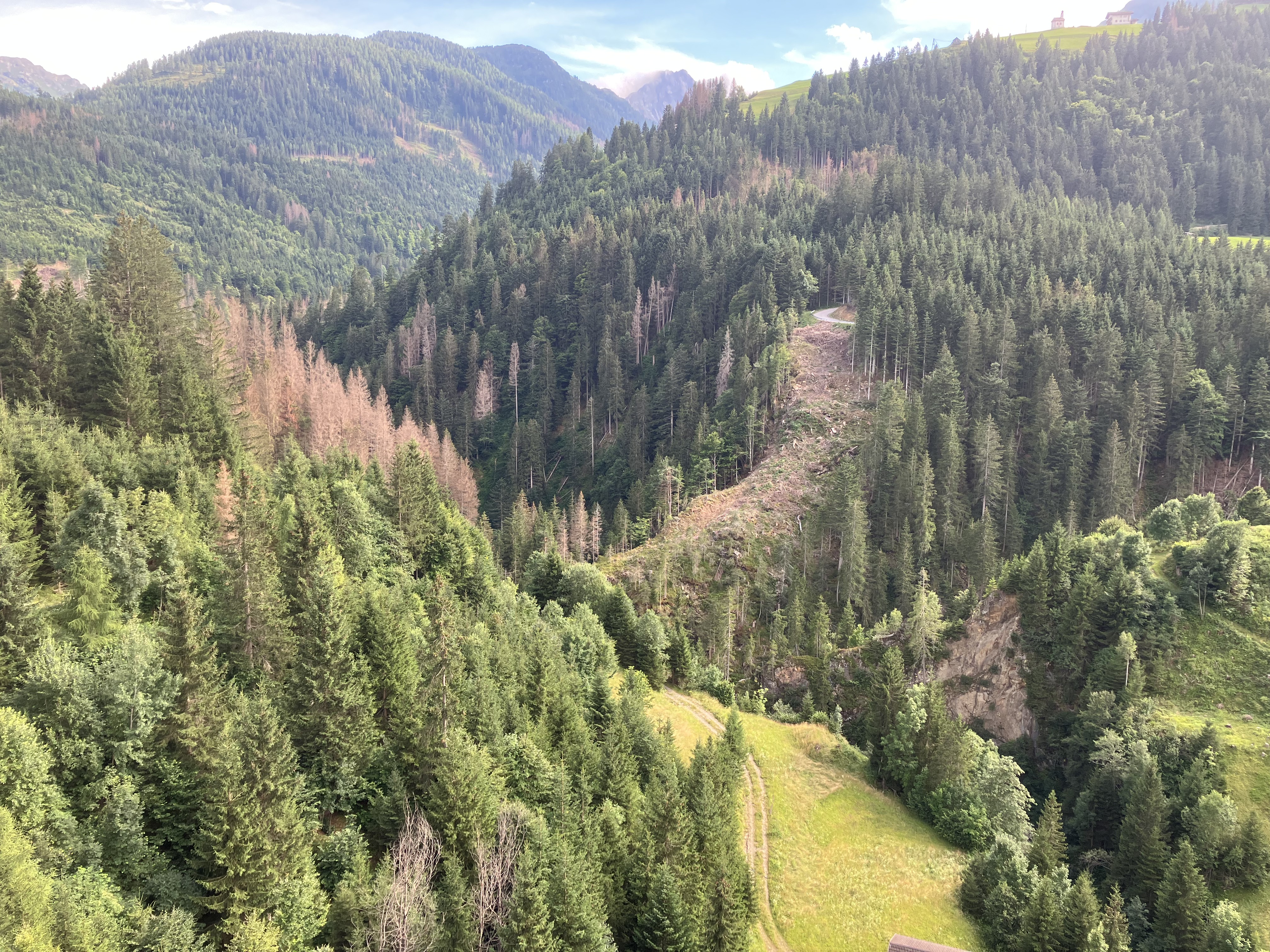
The deadly effect of the combination
The combination of drier and warmer conditions is having an adverse effect on mountain forests in many corners of the Austrian Alps.
As the temperature rises, the rate of evaporation increases, causing a significant increase in the frequency and intensity of strong winds and a decrease in soil moisture levels. The resulting drought weakens tree roots, making them more susceptible to unusual weather conditions such as wind, insect attack or strong gusts.
Fatal impact in Tyrol
Climatic changes have a fatal impact on mountain forests and cause extensive tree die-off. It is currently happening in Tyrol, in the valleys around Lienz, and it is rapidly spreading to the wider area.
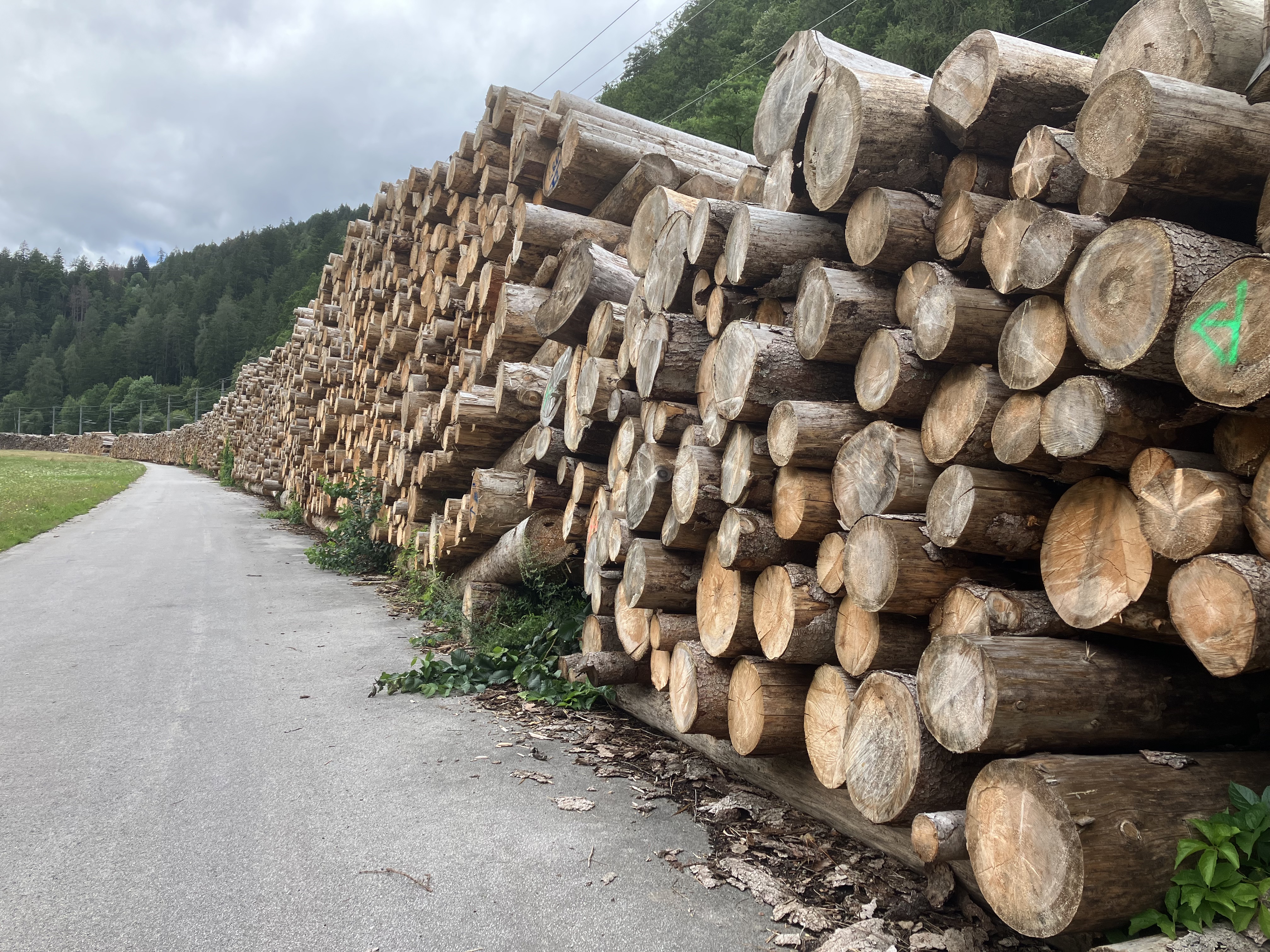
As climate change persists, addressing this vulnerability becomes increasingly important in maintaining the resilience and sustainability of alpine forest ecosystems.
Importance of damage tracking
Damage monitoring in Austrian forests is extremely important for several reasons. First, the Austrian Alps are home to unique and fragile forest ecosystems that are vulnerable to various threats. Including climate change, but also other natural disasters and various human activities.
Second, tracking damage trends provides policymakers with valuable data to help formulate effective conservation strategies and sustainable development plans.
Ultimately, monitoring plays a key role in preserving the ecological balance and beauty of the Austrian forest for future generations.
Conclusion
To combat all these challenges, Austria focuses on forest protection, reforestation efforts and the promotion of sustainable forestry practices. The aim of this procedure is to preserve the ecological balance and natural significance of the forest in the Austrian Alps.
Regular monitoring of forest damage in the Austrian Alps should enable early detection of changes and causes. For example, the changes and causes that are currently happening in the Tyrolean part of Austria.

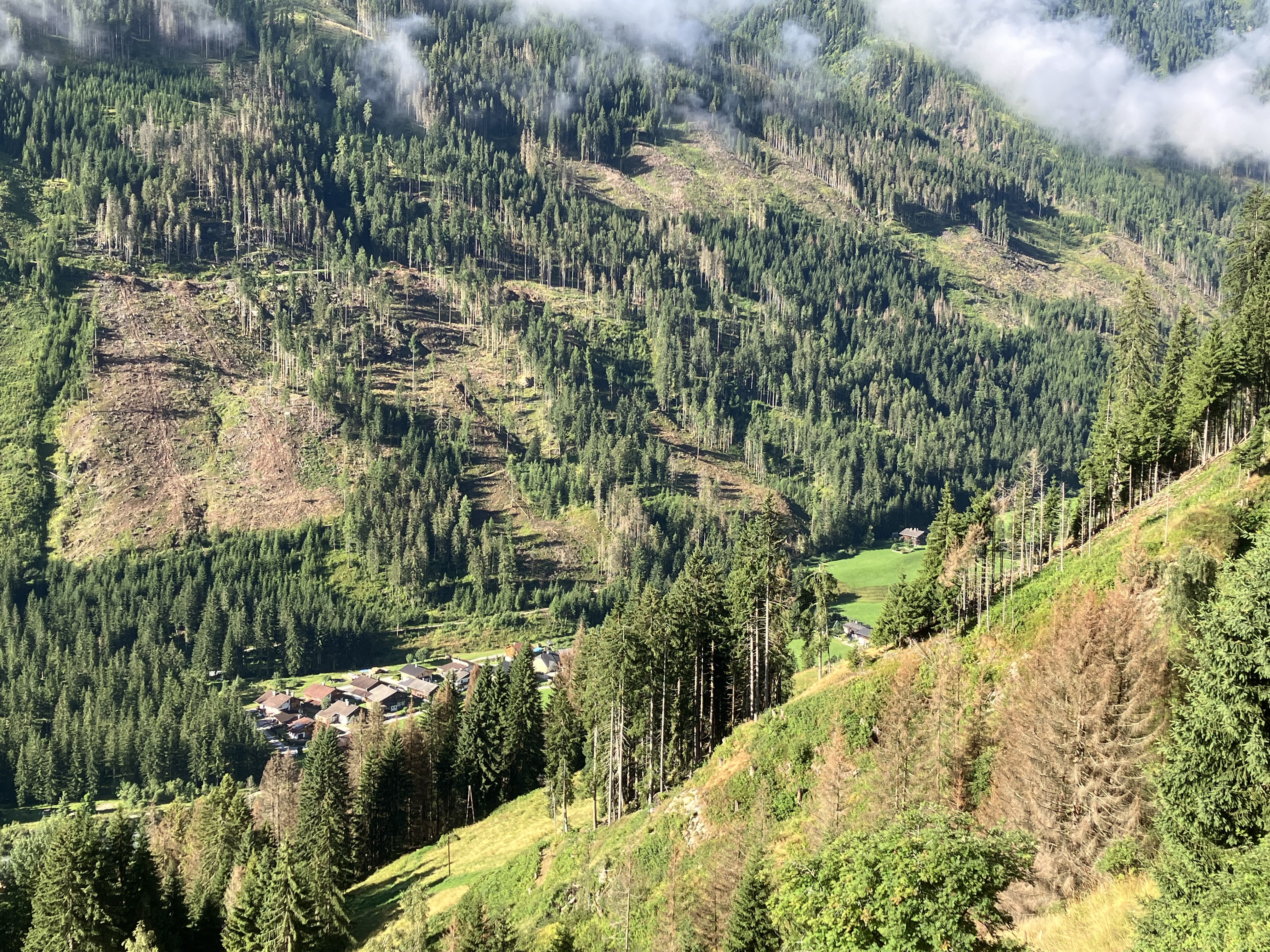
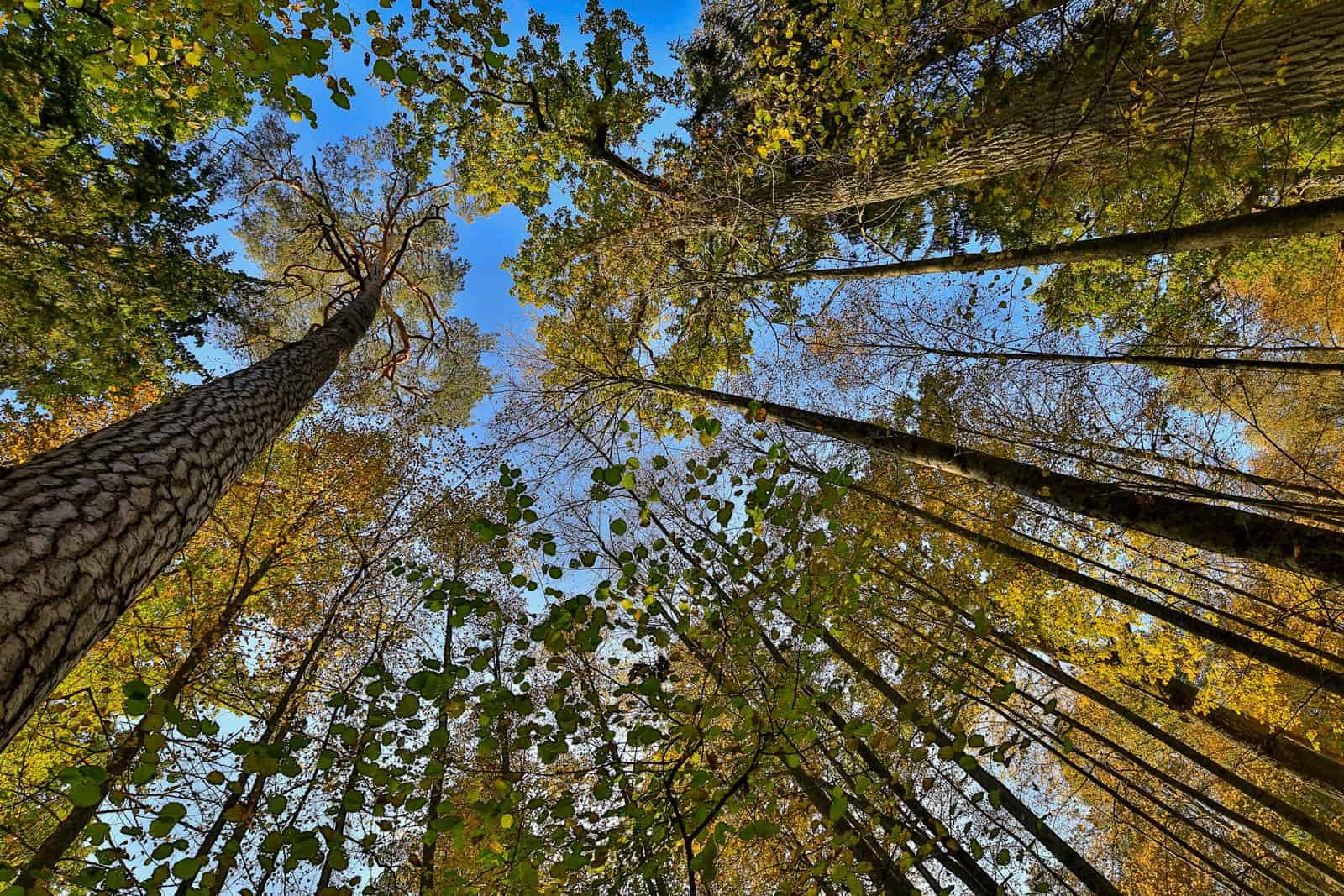
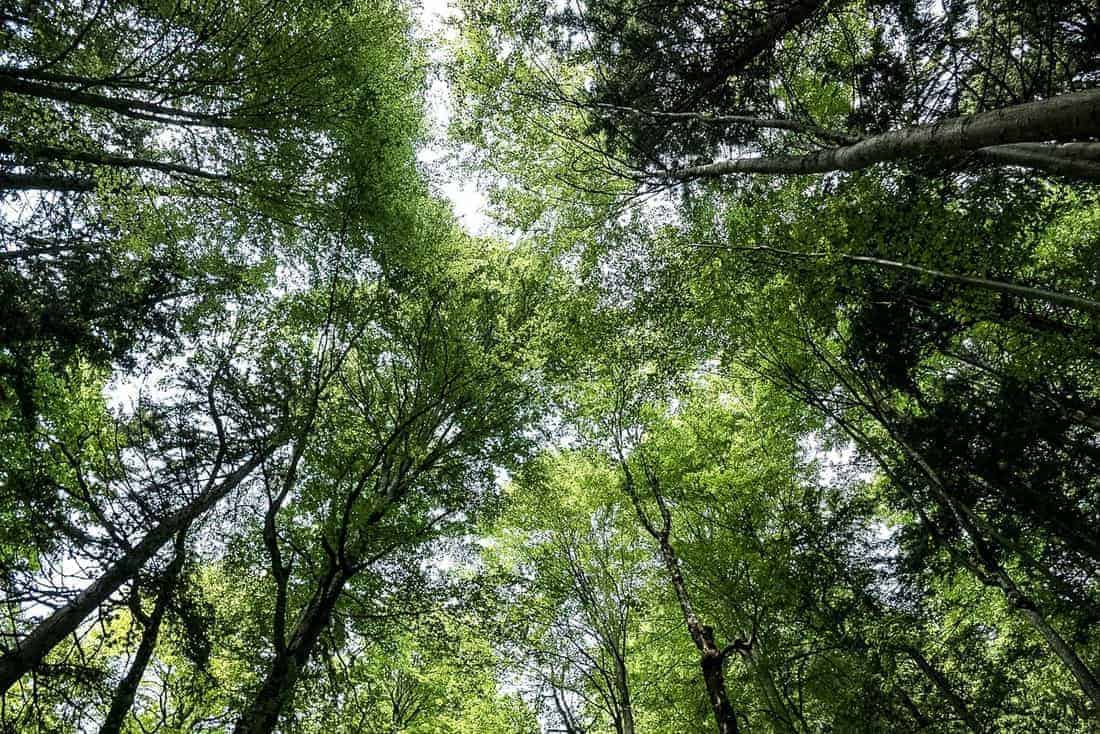
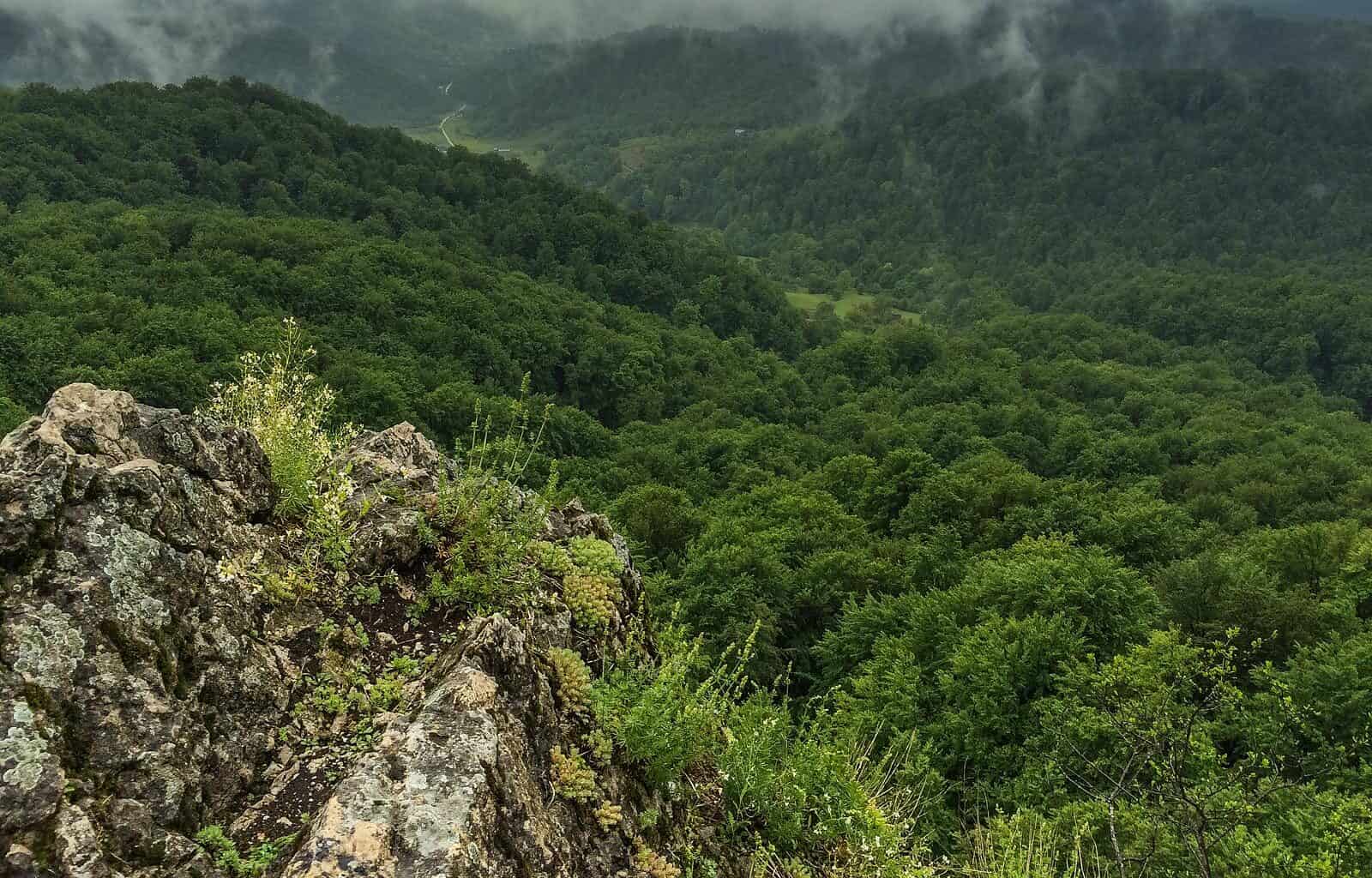
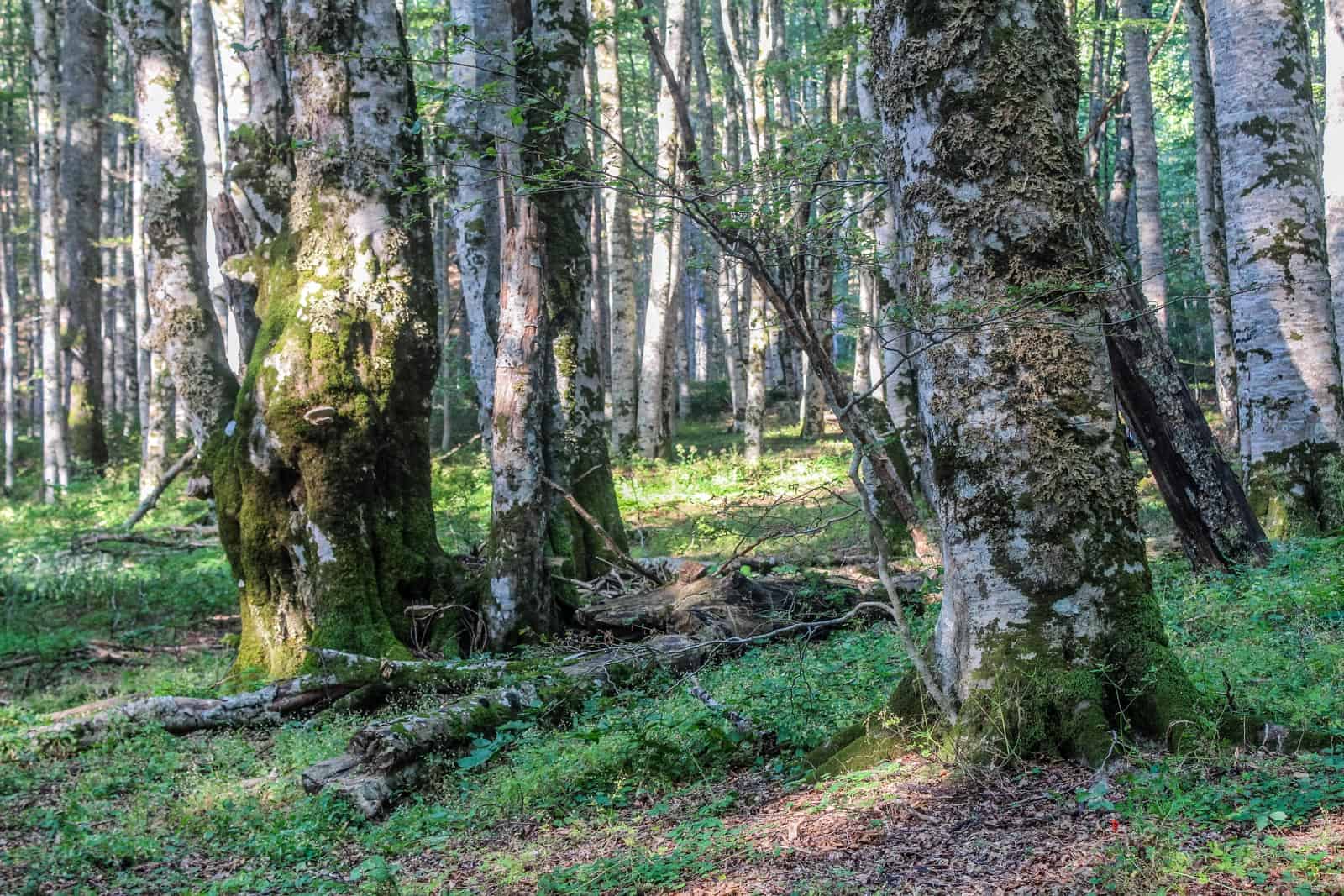
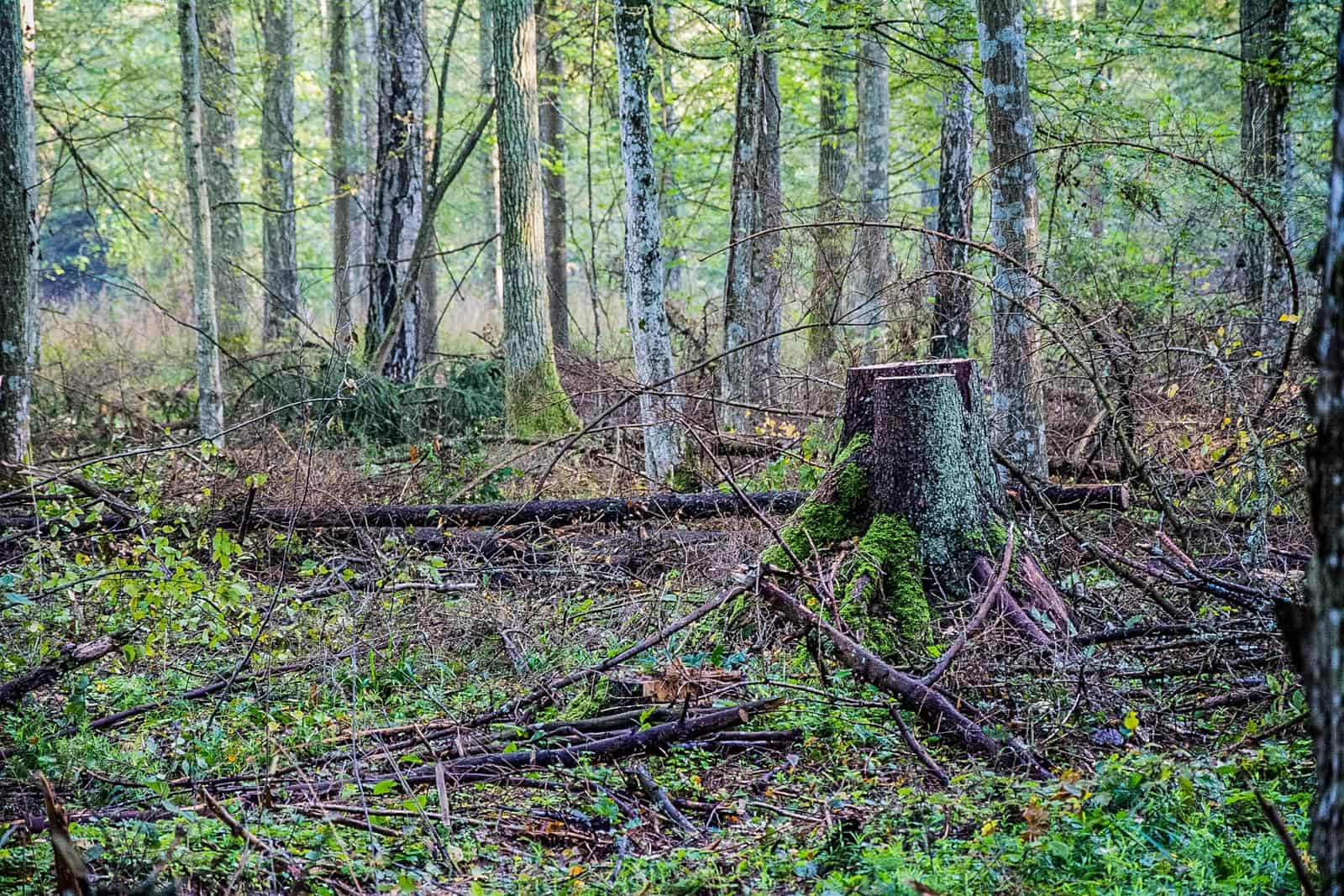
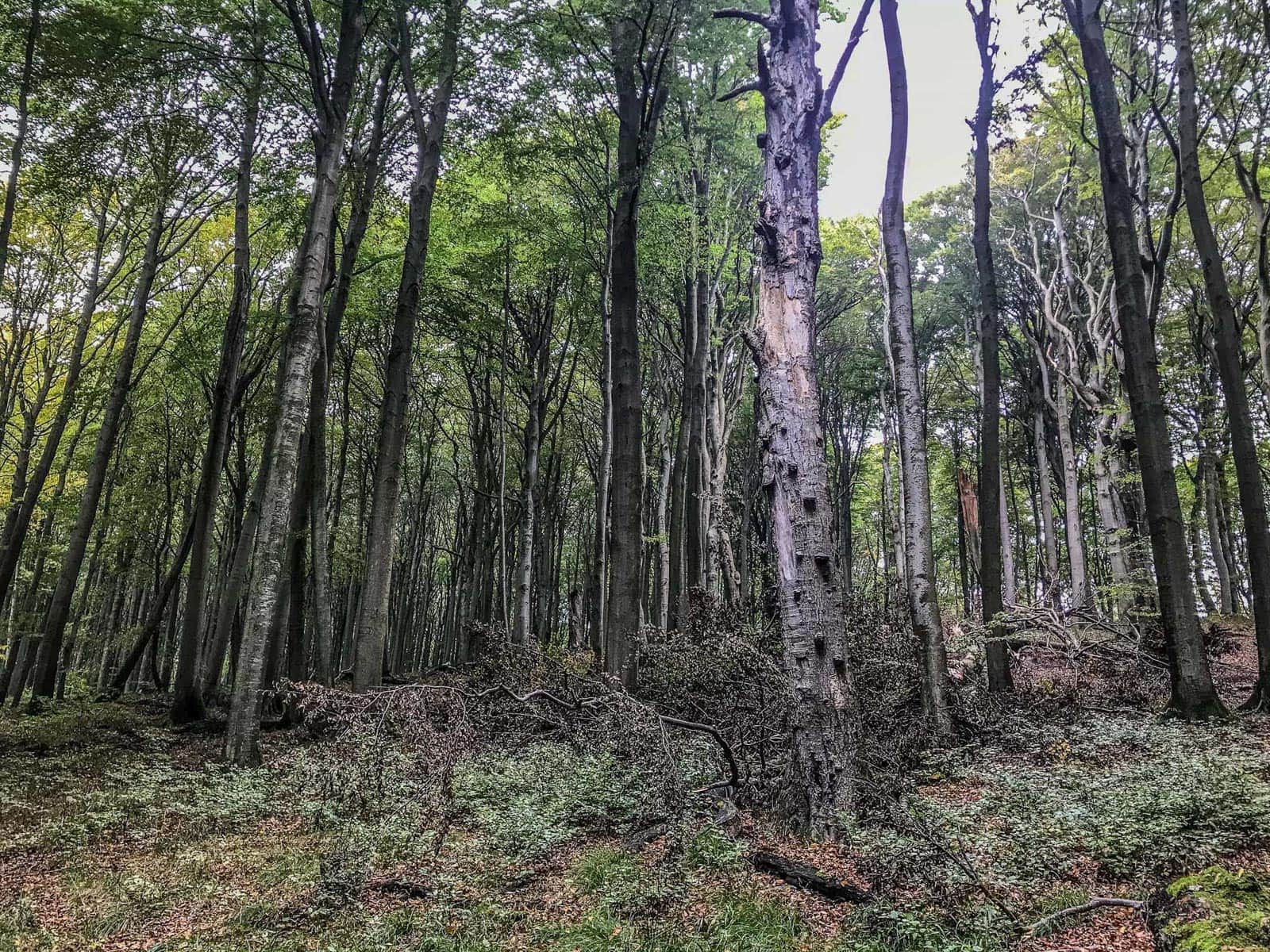
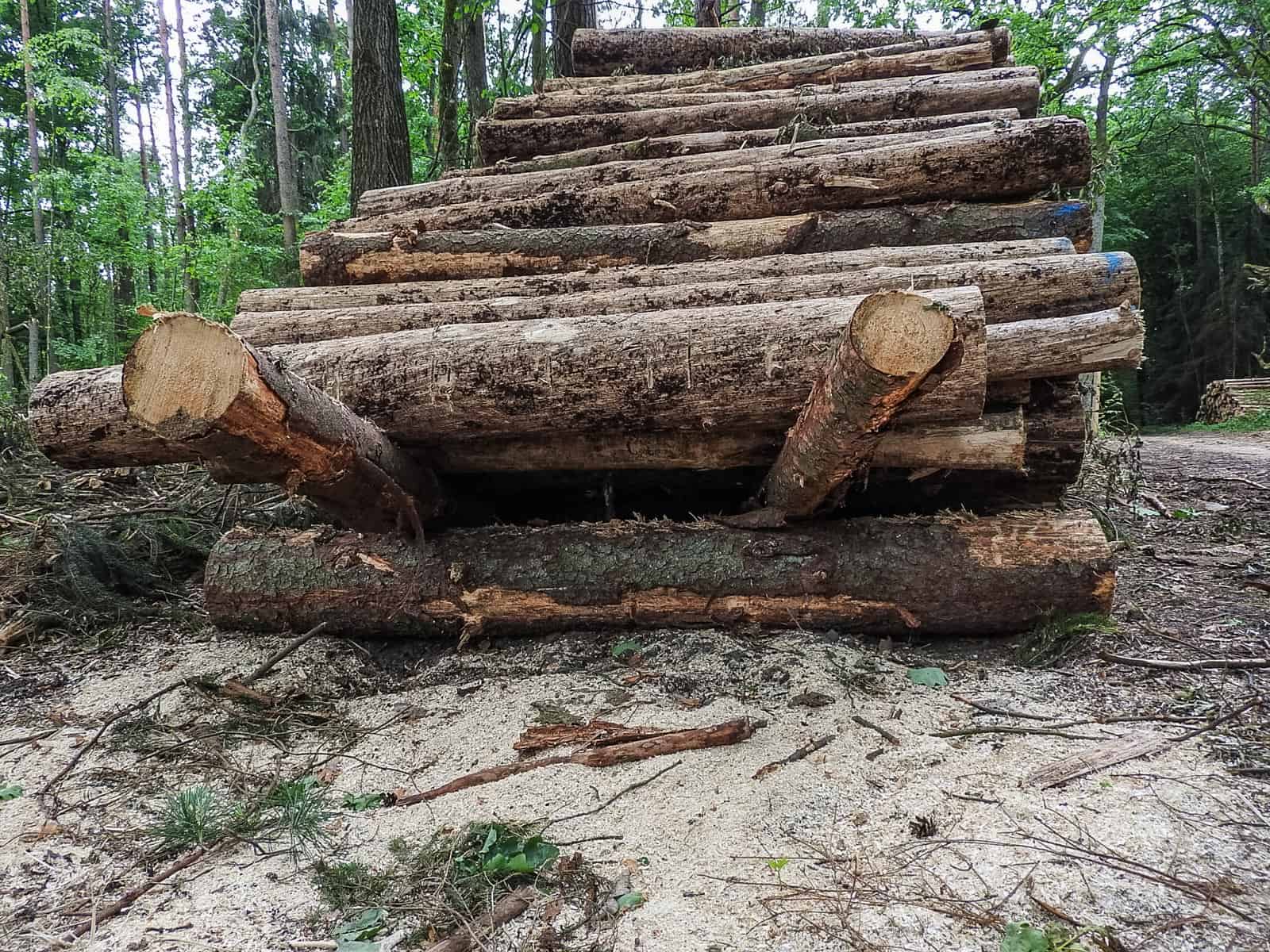
Pingback: EU Affairs: Moving Towards Green Legislation in the Austrian and European Elections of 2024 - The New Global Order